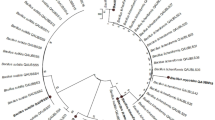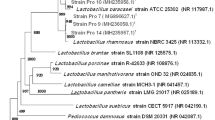Abstract.
After the screening of microorganism culture, the culture of Propionibacterium freudenreichii ET-3 in the milk whey (milk whey culture) was found to stimulate the growth of our own Bifidobacteria in the colon but not the growth of other microorganisms. One of the active substances was identified as 1,4-dihydroxy-2-naphthoic acid (DHNA). In healthy volunteers, the ingestion containing milk whey culture significantly increased the population of Bifidobacteria to total fecal bacterium. In the TNBS-induced colitis model of rats, milk whey culture significantly accelerated the healing of the colitis in a dose-dependent manner. It has been reported that DHNA inhibited the lymphocyte infiltration through reduction of MAdCAM-1 in DSS colitis model of mice and that the ingestion of milk whey culture was effective in the treatment of ulcerative colitis in human pilot study. These findings suggest that milk whey culture is a useful prebiotic for the therapy of inflammatory bowel disease.
Similar content being viewed by others
Author information
Authors and Affiliations
Corresponding author
Rights and permissions
About this article
Cite this article
Uchida, M., Mogami, O. & Matsueda, K. Characteristic of milk whey culture with Propionibacterium freudenreichii ET-3 and its application to the inflammatory bowel disease therapy. Inflammopharmacol 15, 105–108 (2007). https://doi.org/10.1007/s10787-007-1557-5
Issue Date:
DOI: https://doi.org/10.1007/s10787-007-1557-5




